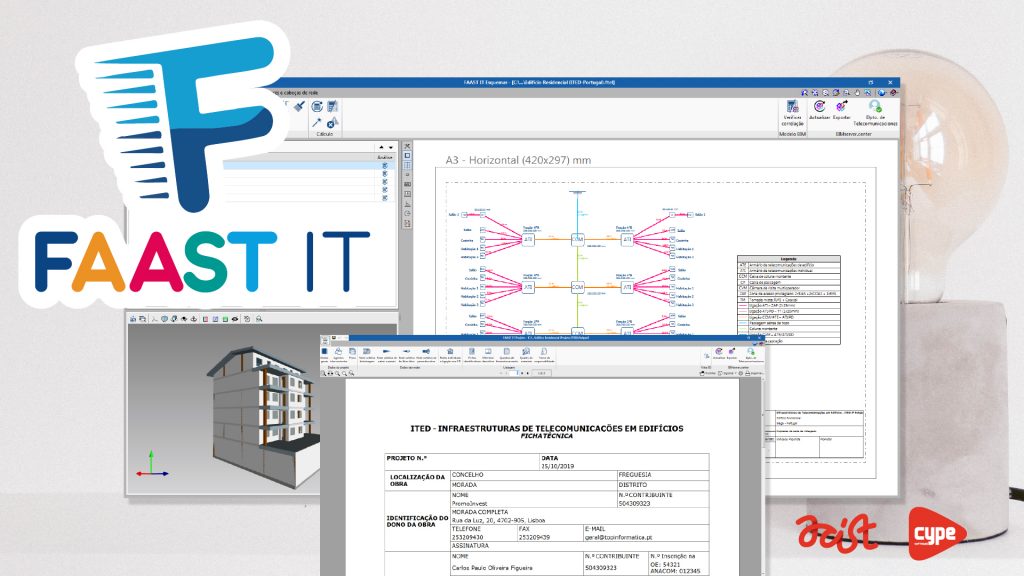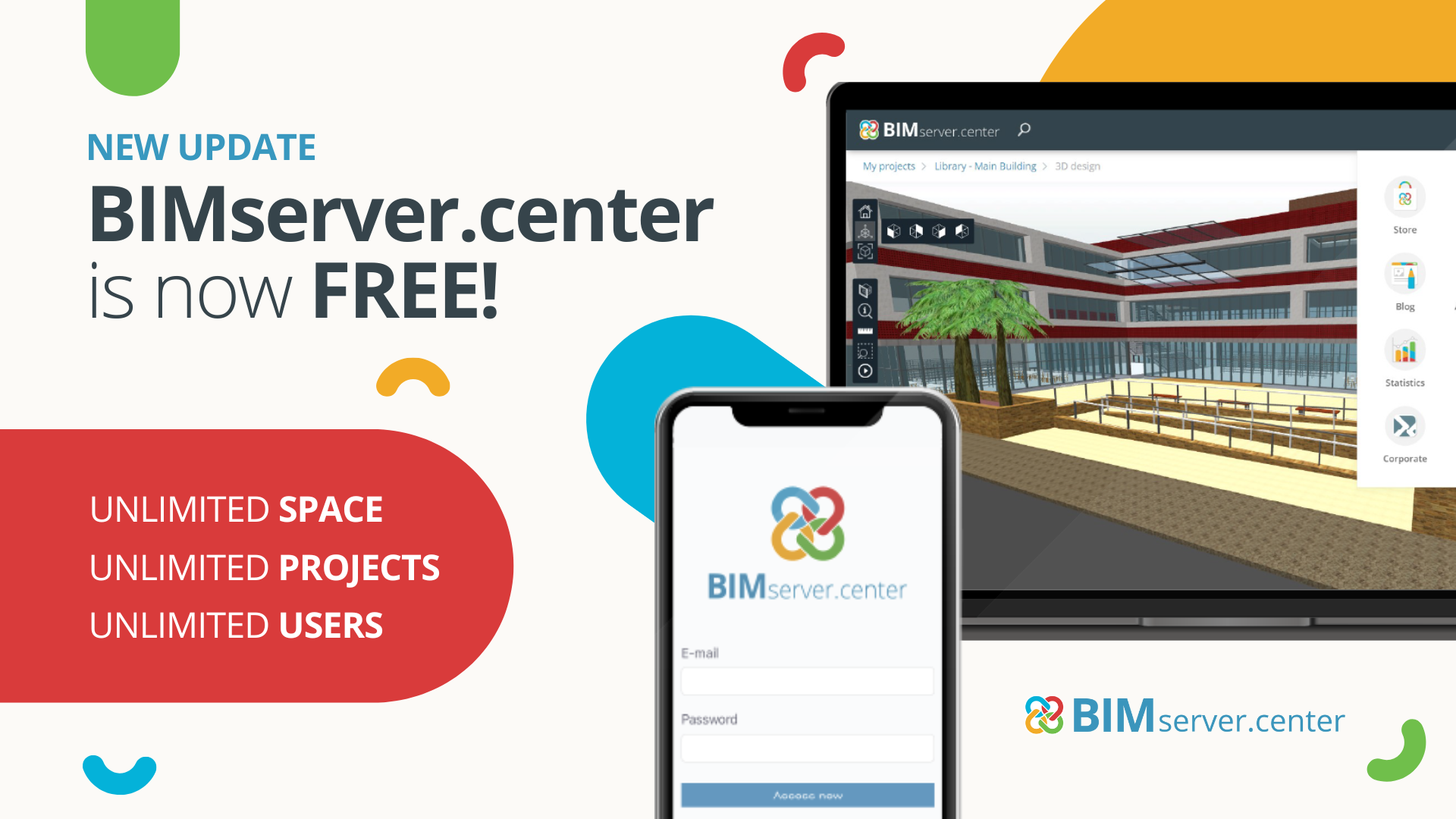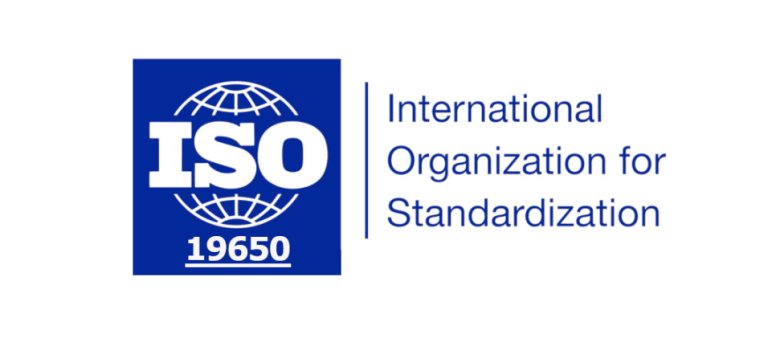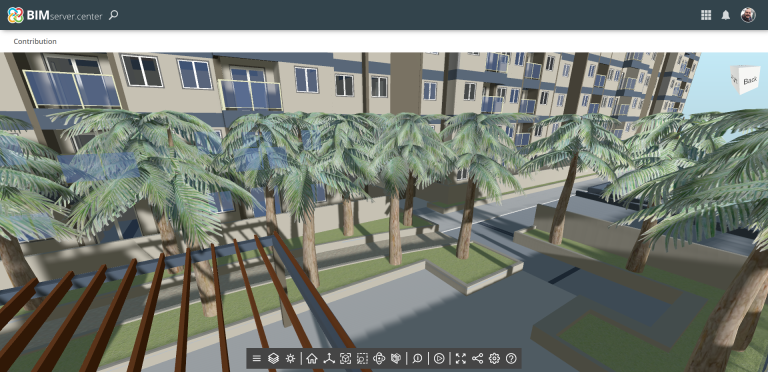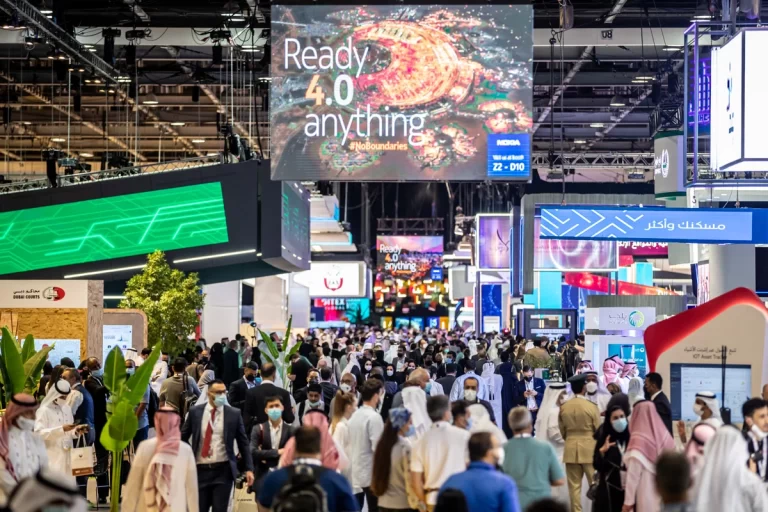The Portuguese Business Association of Communications (ACIST) has just launched its new software for the development of BIM projects for telecommunications infrastructure. The application, developed by the Spanish company CYPE, operates via the Open BIM workflow, using the IFC format for information exchange. It is now available for download at BIMserver.center Store .
The FAAST IT suite
The "FAAST IT" suite includes three applications that communicate with each other:
- FAAST IT - BIM Model: dedicated to BIM modelling of telecommunications infrastructure.
- FAAST IT - Schemes: for the calculation and design of telecommunications infrastructure schemes.
- FAAST IT - Project: able to generate the documentation of the ITED and ITUR project.

Normative compliance
The suite of applications automates telecommunications infrastructure projects in Portugal, with verifications in accordance with the ITED Manual 3rd Edition (Buildings) and the ITUR Manual 2nd edition (Plot sets, urbanisations and building sets).
Workflow
The FAAST IT suite was developed to integrate the professionals responsible for the telecommunications project into the Open BIM workflow, so that the architectural design defined in Revit, IFC Builder, Allplan or ArchiCAD can be the starting point of the work.

FAAST IT Editing Interface Overview - BIM Model
When starting a new telecommunications project in «FAAST IT - BIM Model» the professional will select a project from their account in BIMserver.center, from there they will be able to obtain the architectural model with which to make a BIM telecommunications model. When real-time bilateral communication is established between the BIM architecture and telecommunications models, any modification will be synchronised between them.
Additionally, modelling the FAAST IT telecommunications infrastructure means enjoying multiple advantages of the workflow proposed by BIMserver.center, such as the "clash detection" offered by Open BIM Model Checker, the extraction of composite drawings from Open BIM Layout or the representation of the model in augmented reality or virtual reality with the BIMserver.center application.
- 5 interesting augmented reality resources in the BIMserver.center app
- BIMserver.center launches its new virtual reality application

Telecommunications installation already integrated in an Open BIM project, together with the rest of the project facilities.
Once modelled in FAAST IT - BIM Model, the telecommunications specialist can analyse the systems automatically using FAAST IT - Schemes, so the information generated in the first application will be used as a reference for the second. With all the analysed carried out, the program will be able to generate the analysed design schemes of the installation.
The last stage of the telecommunications project will be carried out in the FAAST IT - Project, which can interpret the information generated by the two previous programs through the export and update buttons of BIMserver.center. This information will be collected to generate the supporting documentation of the project:
- Identification cards;
- Descriptive memory;
- Sizing tables;
- Material tables;
- Terms of responsibilities
Elements defined in the program libraries
The group of tools has a series of telecommunications infrastructure elements (inspection boxes, junction boxes, outlets and ducts) included in the ITED and ITUR Standards. They consider different dimensions and materials, previously defined in the library so that the designer's job is quicker and easier. Furthermore, users can incorporate new elements from scratch or from pre-existing elements.

Elements of the IFC telecommunications installation
Start using FAAST IT right now!
FAAST IT is now available in the BIMserver.center Store and can be downloaded at this link, along with other BIM applications that optimize the design process such as IFC Builder or Open BIM Model Checker, or the BIMserver.center app, that also allows models to be displayed in virtual reality

